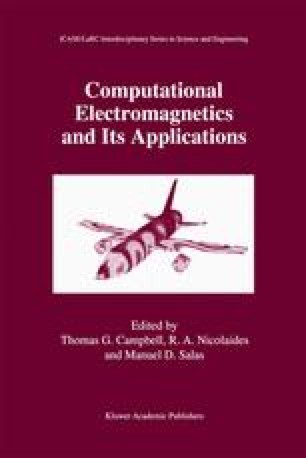

There has been considerable advancement in FDTD computational technology over the past few years, and this new edition brings you the very latest details with four new invited chapters on advanced techniques for PSTD, unconditional stability, provably stable FDTD-FETD hybrids, and hardware acceleration.

This extensively revised and expanded third edition of the Artech House bestseller, Computational Electrodynamics: The Finite-Difference Time-Domain Method, offers you the most up-to-date and definitive resource on this critical method for solving Maxwell's equations. Publisher : Artech House Antennas and PropĬomputational Electrodynamics Book Description :.This cutting-edge resource helps readers understand the latest developments in computational modeling of nanoscale optical microscopy and microchip lithography, as well as nanoscale plasmonics and biophotonics.

Maxwell's equations are solved using the finite-difference time-domain (FDTD) technique, pioneered by the senior editor, whose prior Artech House books in this area are among the top ten most-cited in the history of engineering. This book presents the current state-of-the-art in formulating and implementing computational models of these interactions. These interactions are governed by the fundamental Maxwell's equations of classical electrodynamics, supplemented by quantum electrodynamics. To pursue these advances, it is mandatory to understand and properly model interactions of light with materials such as silicon and gold at the nanoscale, i.e., the span of a few tens of atoms laid side by side. Advances in FDTD Computational ElectrodynamicsĪdvances in FDTD Computational Electrodynamics Book Description :Īdvances in photonics and nanotechnology have the potential to revolutionize humanity's ability to communicate and compute.


 0 kommentar(er)
0 kommentar(er)
